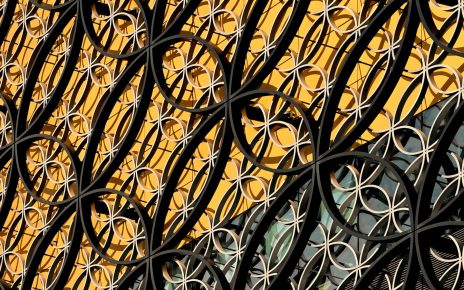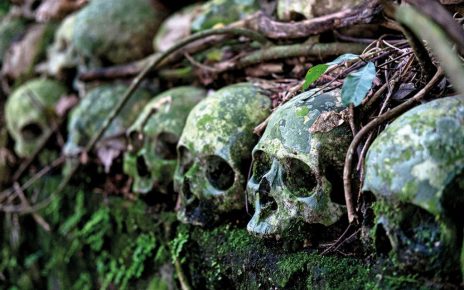HTML Tables with WordPress Styling Classes:
| Table Heading 1 | Table Heading 2 | Table Heading 3 |
|---|---|---|
| Table Data 1 | Table Data 2 | Table Data 3 |
| Table Data 4 | Table Data 5 | Table Data 6 |
| Table Data 7 | Table Data 8 | Table Data 9 |
Article:
Gelungan Payas Agung: The Ceremonial Balinese Headdress
Bali, an island located in Indonesia, is known for its rich cultural heritage and intricate traditions. One of the most visually striking elements of Balinese ceremonies is the Gelungan Payas Agung, a traditional headdress worn during important religious and cultural events. This article will delve into the history, significance, and cultural aspects of this unique headpiece, providing readers with a comprehensive understanding of its role in Balinese society.
History and Evolution
The Gelungan Payas Agung has a long and fascinating history in Balinese culture. It originated from the ancient kingdoms of Bali and has been passed down through generations, evolving in design and meaning over time. Initially, it was worn exclusively by members of the royal family and high-ranking nobility, signifying their social status and power.
Over the years, the headdress became more accessible to the wider population, and its significance extended beyond the aristocracy. Today, both men and women wear the Gelungan Payas Agung during significant ceremonies such as weddings, cremations, and temple rituals.
Design and Symbolism
The Gelungan Payas Agung is an intricate piece of art that reflects Bali’s rich artistic heritage. It consists of a high cylindrical structure made from woven palm leaves, adorned with elaborate ornaments and decorations. The design varies depending on the wearer’s gender, social status, and the specific occasion.
The headdress is often embellished with vibrant colors, intricate carvings, and precious gemstones. Each element holds symbolic meaning, representing various aspects of Balinese spirituality and cosmology. For example, the presence of specific animals, such as dragons or birds, signifies protection and spiritual guidance.
Table Example: Elements and Their Symbolism
| Element | Symbolism |
|---|---|
| Dragon | Power and protection |
| Flowers | Purity and beauty |
| Leaves | Nature and fertility |
Religious Significance
The Gelungan Payas Agung holds deep religious significance in Balinese Hinduism. It is believed to connect the wearer to the divine and serve as a vessel for spiritual energy. The headdress is often regarded as a symbol of devotion and respect, reinforcing the wearer’s commitment to upholding religious values.
During religious ceremonies, the Balinese believe that the headdress acts as a channel for communication with gods and ancestors. It is believed that the Gelungan Payas Agung helps amplify prayers and offerings, ensuring their efficacy and blessing.
Cultural Preservation
The Gelungan Payas Agung is not merely a fashion accessory; it is a symbol of cultural identity and pride for the Balinese people. As Bali experiences rapid modernization and the influence of western culture, efforts are being made to preserve and promote traditional customs and practices.
Local artisans continue to create and pass on the art of making Gelungan Payas Agung, ensuring that this unique piece of cultural heritage remains alive. Moreover, Balinese communities actively engage in cultural events and festivals, where the headdress is prominently featured, to celebrate their traditions and share them with visitors.
Conclusion
The Gelungan Payas Agung represents the intricate interplay between art, culture, and spirituality in Balinese society. Its historical roots, intricate design, and religious significance make it a treasured symbol of identity and devotion. By understanding the cultural wealth held within this ceremonial headdress, we can gain a deeper appreciation for the rich tapestry of traditions that continue to flourish on the island of Bali.




